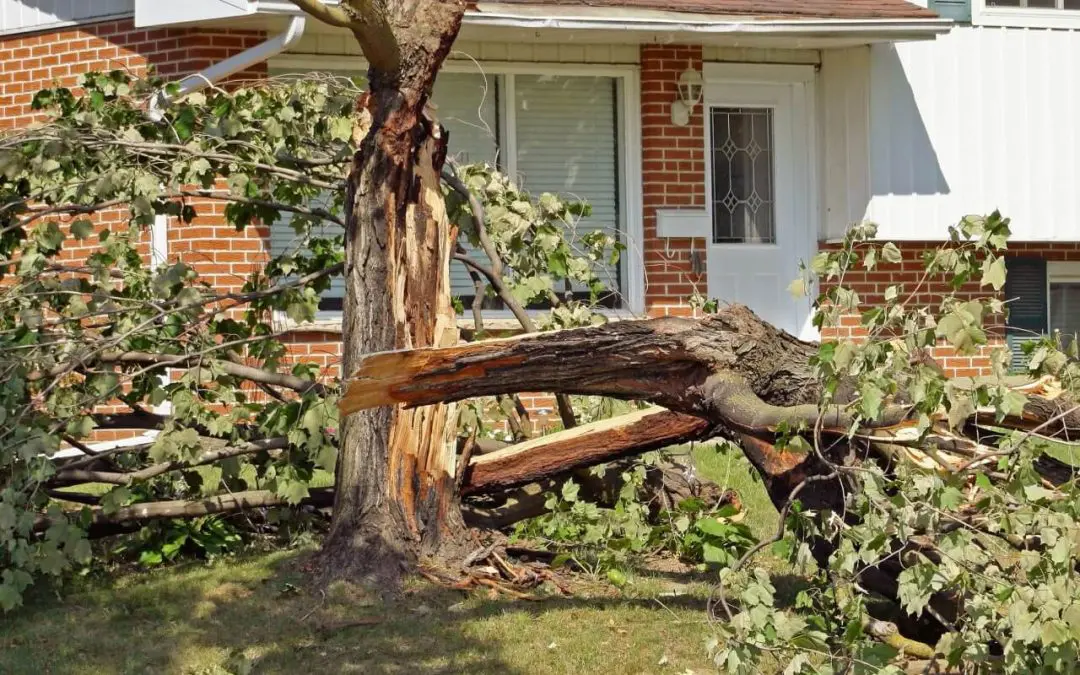When it comes to trees, most homeowners want to keep them around as long as possible. They add shade and boost property value. Unfortunately, sometimes removing a tree is the best decision for your property. Knowing when to remove a tree can help prevent costly damage and a hazardous situation.
When to Remove a Tree After Major Storm Damage
If a storm has damaged a tree, you need to assess the severity of the damage. In the case of a lightning strike, the tree might be damaged or could die. A few days after the strike, look for areas of dying leaves. It may be a few branches, or the entire tree may be dead. Severely damaged trees should be removed to avoid further issues and injury. If it has split or cracked branches, if one-third or more of its trunk is damaged, or if the bark is badly shredded, call a tree removal service.
Root Failure Will Tell You When to Remove a Tree
If the tree’s roots have been compromised, it’s in danger of falling over and causing damage to your property. If you notice raised soil and exposed roots near the tree’s base, this could indicate the root system is failing. Look for changes in the tree, especially leaning in one direction, and call a certified arborist if you suspect issues with the roots. They can assess the situation and determine if removal is necessary.
Disease or Pests
If a tree is sick or infested with pests, it may need removal. Diseased trees can spread their illness to other nearby plants and trees, and pests can cause a tree’s branches or trunk to deteriorate. Call an arborist immediately if you notice signs of disease or infestation on your tree. Look for signs like discolored leaves, holes in the bark and wood, or any new oddly-shaped growth.
Location Could Determine When to Remove a Tree
If the tree is growing too close to your home or other structures like power lines, a garage, or a shed, it may need to be removed. Trees close to buildings can cause damage if their roots spread and begin to crack foundations or walls.
Overgrowth
Overgrown branches can harm property or people if they fall. Trees near the home can damage the roofing or siding. In some cases, you can hire an arborist to prune and shape the tree to fit your landscape. However, if the tree grows too close to a structure or power lines, it may need to be removed entirely.
Dead Trees
Dead trees should always be removed as soon as possible. They are more prone to falling, especially during a storm or strong winds, and can cause property damage or injury. You will know a tree is dead if it doesn’t bloom or produce foliage and the wood feels dry and brittle.
Removing a tree can be a difficult choice, but it’s important to know – in some cases – the best decision for your property is to have it safely removed. By taking the necessary steps to protect your home, you can rest assured that your landscape will remain safe and beautiful.
Drew Inspection Service provides inspections to home buyers and sellers in South Dakota. Contact us to request our services.

